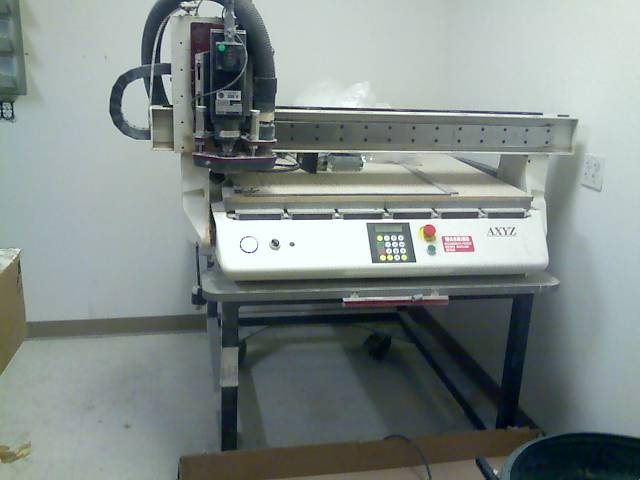I work in a school so am fortunate in having access to CNC routing machinery, I've also been working in CAD/CAM, on and off, for about 30 years. I've learnt many tricks and techniques for getting these machines to do just what I want, based on traditional woodworking methods, the biggest drawback I find is that they see each workpiece as just a lump of material. As far as the machine is concerned it might as well be cutting acrylic, alluminium, mdf or wax. It can't possibly take into account any of the natural features of wood, that's where the programming tricks and dodges come into play.
Having said that, I use a CNC router quite extensively in my Uke making. In fact, if I didn't have access to one I wouldn't of made anything like the number of different ukes I have.
Here's one where the router was used for almost everything except the neck carving.
The body and neck were profiled as one, the 'sound holes' cut then the blank was reversed to produce the cut-outs in the back forthe electronics. The fretboard was thicknessed, profiled and had the fret positions marked along with the holes cut for the dots. The headstock and bridge were carved and the back coverplate cut and engraved, all on the router.
There are lots of uses for them when building 'conventional' ukes too. They can thickness perfectly flat, cut the recess and inlay for soundhole decoration, mark the fret positions, etc. The one thing I would never use one for is carving the neck. They simply can't do it as well as a spokeshave. To get a smooth finish on a 3D curved shape means making hundreds of passes a few thou. apart. This means a huge file size and excessive machining time, even then a CNC machine cannot possibly contend with variations in grain direction. Besides, I love using a spokeshave, it's my favourite hand tool.
My next project is going to be carving an arch-top. This means getting to grips with some fairly complex 3D drawing. This software is fine with straight lines and fixed radius curves, but when it comes to smooth, flowing 'organic' surfaces, it's a totally different ball game.
I'll let you know how I get on.
Clifford.




